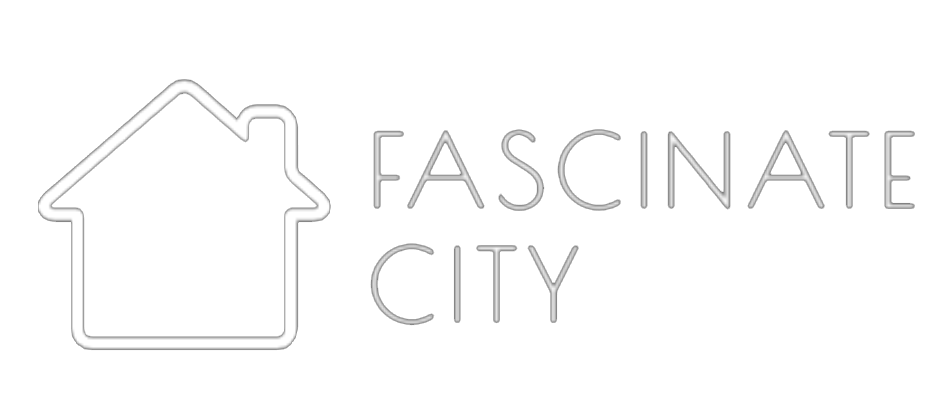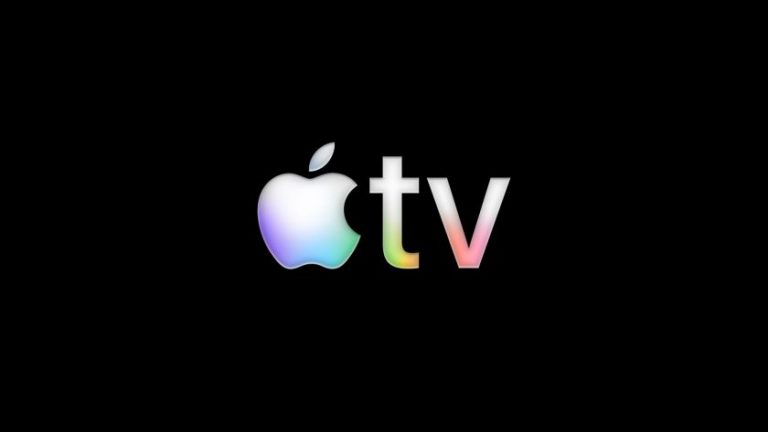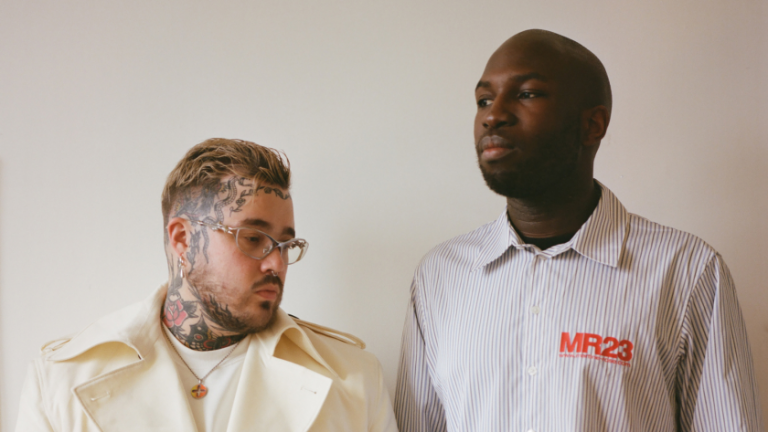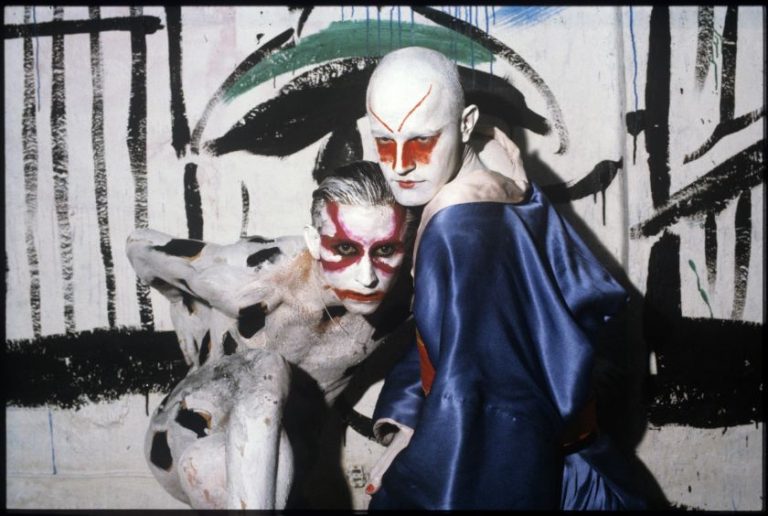Adobe’s SVP of Design Eric Snowden at Adobe Max
A new initiative from the makers of Photoshop aims to bridge the skills gap between education and industry by offering paid opportunities and mentorship to young creatives.
Last week, I attended Adobe Max 2025 in London. Amid the usual fanfare of product launches and celebrity speakers, there was something genuinely exciting—something that could genuinely improve people’s lives.
For decades, I’ve watched talented graduates struggle with the same frustrating paradox: you need experience to get a job, but you need a job to get experience. Our creative industries have relied on an increasingly broken system that favours those with connections or the financial means to work for free while shutting out the diverse talent and fresh perspectives you tend to get from those who didn’t attend private school.
Adobe’s new Creative Apprenticeship programme, launched with considerable fanfare at Max, aims to address this fundamental problem. The comprehensive initiative combines learning resources, mentorship opportunities, paid commissions, and, most significantly, Adobe-funded apprenticeship placements with creative employers.
What’s the idea?
The idea is that agencies need to develop talent but don’t always have the budget to do so, which means Adobe is stepping in to make up the shortfall. That’s good for the apprentices, of course, but it’s also good for the agency. As Adobe’s SVP of design, Eric Snowden told the audience during his keynote: “Even when apprentices are learning, they’re contributing value. Creative work has value, and people should be compensated. We want to set that expectation from the beginning.”
It’s a refreshing stance in a business that has quietly normalised unpaid internships and exploitative “opportunities for exposure”. Going against the grain, Adobe is putting money where its mouth is, offering design studios grants of approximately £15,000 to hire apprentices for placements lasting between three and six months.
It’s not just about cash, though. The programme also addresses things like the soft skills that make or break creative careers, with a new Career Resource Center on Behance offering guidance on networking, self-promotion, pitching and client management. This practical knowledge is rarely covered in university courses but is essential in the professional world.
Building a pipeline
The programme’s structure is cleverly designed to create a talent pipeline. Creatives can start with free resources and mentorship, progress to paid Adobe-commissioned projects, and ultimately be put forward for funded apprenticeships with partner studios. Each step builds portfolio, confidence, and professional connections.
While the Career Resource Center is available globally, the commissioned projects and apprenticeship opportunities are currently limited to the US, Canada, and the UK. Adobe has also partnered with LinkedIn to offer Creative Cloud members three months of LinkedIn Premium Career, which provides additional networking and learning resources.
Of course, one programme—even from a company with Adobe’s influence—can’t fix all the structural issues within creative industries overnight. But it’s a meaningful step toward a more equitable system that values emerging talent properly.
Reflecting reality
What’s particularly encouraging is seeing a major tech company acknowledge that the gap between education and industry is real and requires intervention. Too often, we’ve expected young creatives to figure it out themselves or blamed universities for not adequately preparing students.
As someone who’s seen many early-career designers struggle with this transition, I’m cautiously optimistic about this initiative. If successful, it could establish a new standard for how we welcome talent into our industry, one based on merit and potential rather than privilege and connections.
The creative industries thrive on fresh perspectives and diverse voices. By removing some of the financial barriers to entry and providing structured support, Adobe’s apprenticeship programme could help ensure those voices are heard. If you’re at the start of your creative career, it’s well worth investigating, and if you’re a studio looking for raw talent, you won’t want to miss out either.










